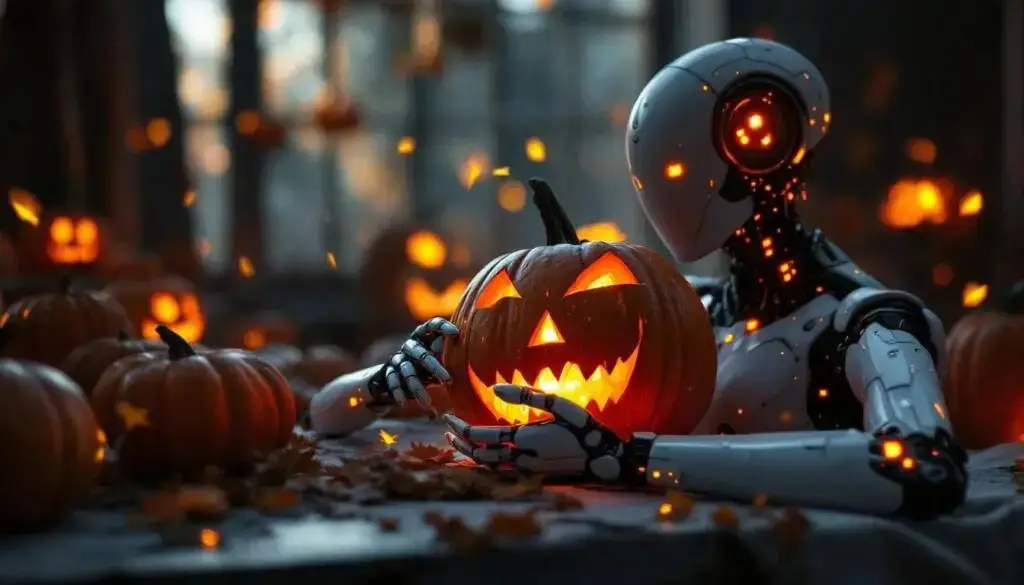Pumpkin carving, particularly associated with Halloween, has a rich history that dates back centuries and has evolved over time. Here’s an overview of its origins and development:
1. Ancient Roots
- Celtic Traditions: Carving vegetables can be traced back to ancient Celtic festivals, particularly Samhain, which marked the end of the harvest season and the beginning of winter. During this time, it was believed that the boundary between the living and the dead was blurred, and people would light bonfires and carve symbols into turnips or other root vegetables to ward off evil spirits.
2. The Turnip Lanterns
- Turnips and Beets: In Ireland and Scotland, people traditionally carved turnips and beets into lanterns, known as “jack-o’-lanterns.” These lanterns were used to guide lost souls and protect homes from malevolent spirits. The name “jack-o’-lantern” is believed to have originated from an Irish folktale about a man named “Stingy Jack,” who tricked the devil and was condemned to wander the earth with only a carved turnip to light his way.
3. Introduction of Pumpkins
- American Influence: When Irish immigrants came to America in the 19th century, they discovered that pumpkins, native to North America, were larger and easier to carve than turnips. Due to their size, availability, and softer flesh, pumpkins quickly became the preferred vegetable for lantern-making.
4. Modern Pumpkin Carving
- Halloween Tradition: By the late 19th and early 20th centuries, pumpkin carving became a popular Halloween tradition in the United States. The practice was often associated with Halloween festivities, including parties and community events.
- Artistic Expression: In recent years, pumpkin carving has evolved into artistic expression, with carvers creating intricate designs and elaborate scenes. Competitions and festivals dedicated to pumpkin carving have emerged, showcasing the creativity and skill of carvers.
5. Cultural Significance
- Symbol of Halloween: Today, carved pumpkins are a quintessential symbol of Halloween, representing the holiday’s themes of harvest, the supernatural, and the celebration of the fall season. They are often displayed on porches and windows as part of Halloween decorations.
Conclusion
Pumpkin carving has transformed from ancient rituals meant to ward off spirits to a beloved Halloween tradition that combines creativity and festivity. The practice continues to evolve, reflecting cultural influences and the season’s spirit.
Disclaimer:
The information provided in this blog is for informational purposes only and should not be considered professional advice. While we strive to provide accurate and up-to-date information, we make no guarantees about the completeness or reliability of the content. Any actions you take based on the information in this blog are at your own risk. Additionally, this blog may contain affiliate links, and we may earn a commission from purchases made through those links.



